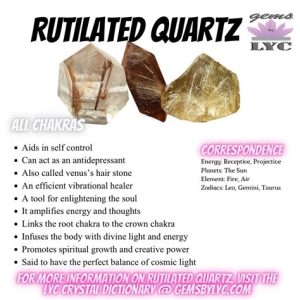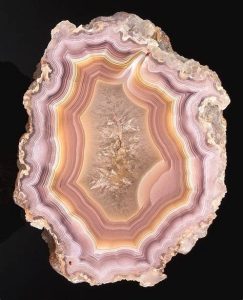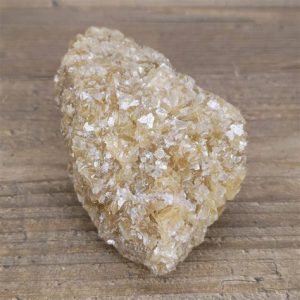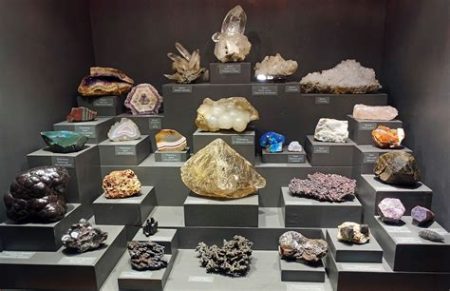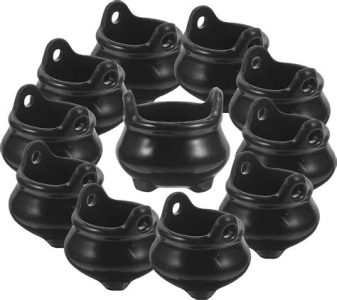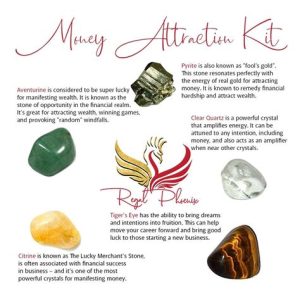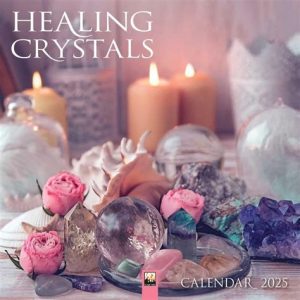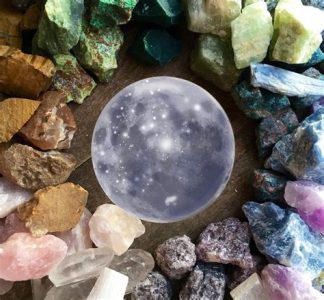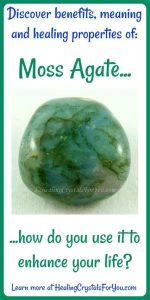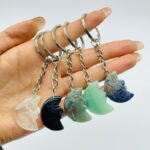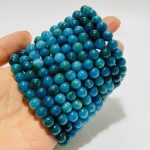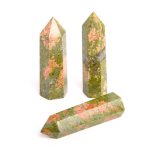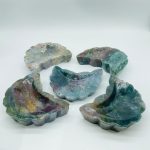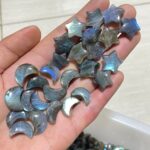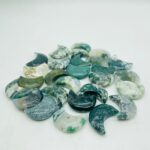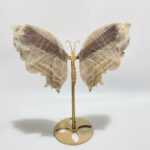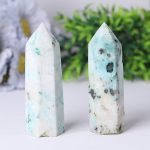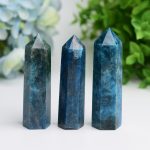Amethyst, a captivating gemstone adorned in hues of deep purple, has long been revered for its mesmerizing beauty and purported metaphysical properties. Its value extends far beyond its aesthetic appeal, reaching into realms of spirituality, healing, and even scientific applications. Let’s delve into the multifaceted worth of this enigmatic stone.

Intrinsic Value: A Gem of Beauty and Durability
Amethyst’s inherent value stems from its stunning appearance and exceptional durability. As a member of the quartz family, it boasts a vitreous luster and ranks 7 on the Mohs scale of hardness, making it resistant to scratches and wear. This inherent durability enhances its value as a durable gemstone suitable for various jewelry applications.
Metaphysical Beliefs: A Spiritual Talisman
Amethyst has been associated with spirituality for centuries, holding a significant place in various cultures and beliefs. It is often believed to possess calming and protective energies, offering solace and tranquility to its wearers. Some cultures have even attributed it with the power to enhance spiritual growth and connect to higher realms.
Healing Properties: A Stone of Well-Being
In the realm of alternative healing, amethyst is credited with numerous therapeutic properties. Practitioners believe it can promote relaxation, reduce stress, and improve sleep quality. It is also said to alleviate headaches, boost the immune system, and support overall well-being. While scientific evidence to substantiate these claims is limited, the anecdotal evidence suggests amethyst’s potential as a soothing and restorative stone.
Scientific Applications: A Versatile Material
Beyond its aesthetic and metaphysical qualities, amethyst has found its way into scientific applications. Its ability to emit low levels of radiation, known as far-infrared rays (FIR), has garnered interest in its potential therapeutic benefits. Studies have suggested that FIR can penetrate the body, promoting blood circulation and reducing inflammation. Consequently, amethyst has been incorporated into therapeutic devices like heating pads and body wraps.
Economic Value: A Lucrative Gemstone
Amethyst is a valuable commodity in the gemstone industry. Its abundance and relatively easy extraction make it accessible to a wider market, contributing to its economic significance. The average price of a one-carat amethyst ranges from $10 to $50, with higher-quality specimens fetching premiums. Larger and more vivid stones can command significantly higher prices. Amethyst’s value is further influenced by factors such as clarity, cut, and carat weight.
Emerging Applications: A Source of Innovation
The versatility of amethyst extends beyond its traditional uses. Researchers and innovators are exploring novel applications for this remarkable stone:
- Jewelry and Accessories: Amethyst’s captivating beauty and durability make it an ideal choice for a wide range of jewelry and accessory designs.
- Home Decor: Amethyst’s unique color and crystalline structure lend themselves to stunning home decor elements, such as sculptures, vases, and countertops.
- Health and Wellness: Amethyst’s purported healing properties and ability to emit FIR have led to its incorporation into various health and wellness products, including massage rollers, acupressure mats, and energy bracelets.
- Technological Advancements: Amethyst’s piezoelectric properties have been harnessed in electronic devices, such as sensors and resonators.
Tables: Essential Statistics
| Characteristic | Value | Source |
|---|---|---|
| Mohs Hardness | 7 | International Gemological Institute (IGI) |
| Gemstone Family | Quartz | American Gem Society (AGS) |
| Chemical Composition | Silicon dioxide (SiO2) | Gemological Institute of America (GIA) |
| Refractive Index | 1.544-1.553 | GIA |
| Color Range | Hue | Saturation | Tone |
|---|---|---|---|
| Amethyst | Deep purple | High | Medium to dark |
| Lavender Amethyst | Light purple | Medium | Medium to light |
| Green Amethyst (Prasiolite) | Green | Medium | Medium |
| Price Range (per carat) | Quality | Price |
|---|---|---|
| Commercial Grade | 10-15 USD | |
| Gemstone Grade | 15-50 USD | |
| Premium Grade | >50 USD |
FAQs on Amethyst’s Value
1. What factors determine the value of amethyst?
Clarity, cut, carat weight, and color saturation are key factors that influence amethyst’s value.
2. Is amethyst a valuable gemstone?
Yes, amethyst is a valuable gemstone, with prices ranging from $10 to $50 per carat.
3. What are the metaphysical properties of amethyst?
Amethyst is believed to promote relaxation, reduce stress, and enhance spiritual growth.
4. What are the scientific applications of amethyst?
Amethyst’s ability to emit FIR has led to its use in therapeutic devices and electronic components.
5. How can I identify genuine amethyst?
Genuine amethyst typically exhibits a deep purple hue, moderate to high saturation, and vitreous luster.
6. What is the difference between amethyst and quartz?
Amethyst is a variety of quartz that is distinguished by its purple color caused by trace amounts of iron.
7. Can amethyst be cut into any shape?
Yes, amethyst can be cut into any shape, but common cuts include ovals, rounds, cushions, and emeralds.
8. What is the most valuable type of amethyst?
Deep purple amethysts with high saturation and minimal inclusions are considered the most valuable.

